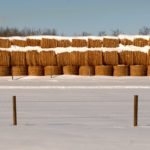
Don’t spoil your hay — store it properly
Forage expert offers tips for reducing spoilage, and makes a pitch for having a hay shed

New non-bloating legume can power up your pastures
After years of development, a new and improved sainfoin variety is being field tested across the province
Grazing cattle on legumes offers unique benefits

Perennial grain: It’s two — yes, two — crops in one
It’s been a decades’ long search, but researchers believe the finish line is in sight for a crop that can be both grazed and then harvested for its grain
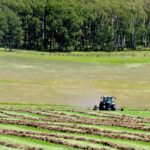
If the rain won’t go away, you still have options when haying
Making haylage is a good option, but there are several things to keep in mind, says crop specialist

For safety’s sake, read this list and check it twice
Haying often means rushing to beat the weather, and that ups the danger, says farm safety expert

Rain causes extreme haying delays
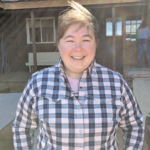
Get to know your pasture, says forage and beef expert
Identify all the species, consider what works or can be utilized, encourage biodiversity, and keep litter at optimal levels
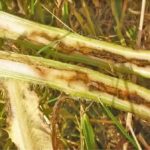
Canada thistle: Meet your worst nightmare
Every rancher hates this hard-to-control weed, but stem mining weevils just eat them up (from the inside)
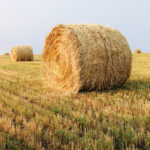
How to establish a fair price for standing hay
Buyers should pay by the ton, not the acre, and there should be 10 to 30 per cent allowance for weather risk

